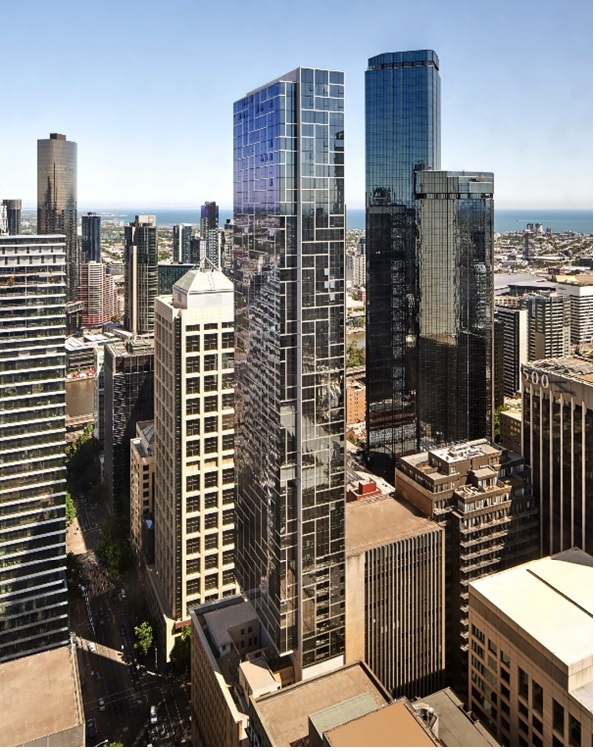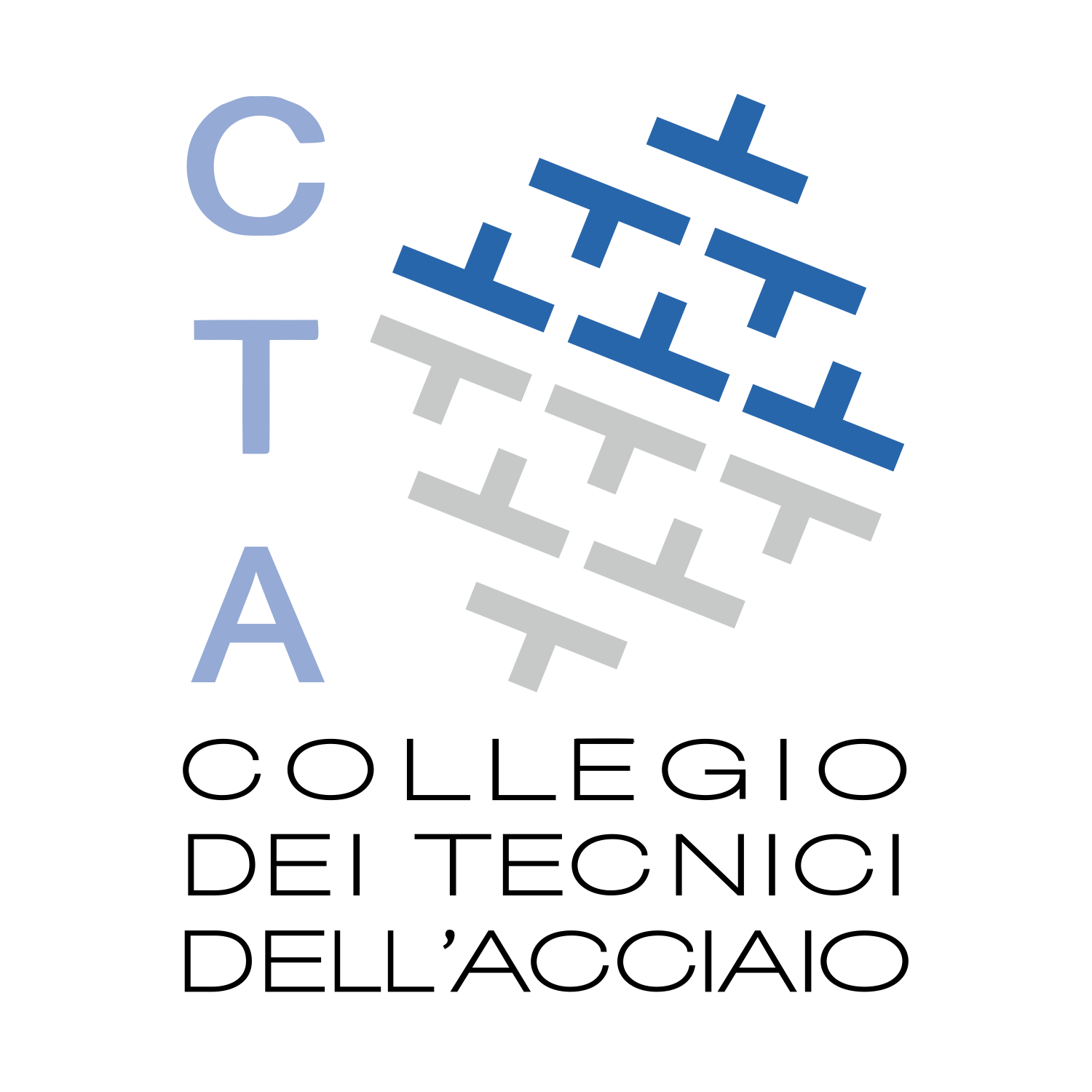Matteo Cont (1), Nicola Tondini (2), Dario Trabucco (3), Riccardo Zanon (4)
(1) Ney+Partners, Luxembourg, (2) Università degli Studi di Trento, (3) Università IUAV di Venezia, (4) ArcelorMittal R&D, Luxembourg
 Questo articolo presenta delle riflessioni riguardo all’utilizzo di setti composti acciaio – calcestruzzo a doppio guscio come alternative a setti in calcestruzzo impiegati come nuclei irrigidenti di strutture multi-piano. Una realizzazione importante negli Stati Uniti ha mostrato che questa soluzione non solo é possibile ma anzi può contribuire in maniera fondamentale a ridurre i tempi e quindi i costi di costruzione per gli edifici di grande altezza. La ricerca strutturale negli scorsi anni ha investigato molti aspetti di questa nuova tipologia rivelandone aspetti innovativi e potenzialità, ma in Europa questa soluzione non è ancora stata impiegata per edifici di grande altezza e meriterebbe elucidazioni riguardo all’applicazione dei codici normativi. Questo articolo ripercorre i passi principali fatti negli ultimi anni, proponendo due casi studi sui quali si analizzano i benefici potenziali di questa nuova tecnologia.
Questo articolo presenta delle riflessioni riguardo all’utilizzo di setti composti acciaio – calcestruzzo a doppio guscio come alternative a setti in calcestruzzo impiegati come nuclei irrigidenti di strutture multi-piano. Una realizzazione importante negli Stati Uniti ha mostrato che questa soluzione non solo é possibile ma anzi può contribuire in maniera fondamentale a ridurre i tempi e quindi i costi di costruzione per gli edifici di grande altezza. La ricerca strutturale negli scorsi anni ha investigato molti aspetti di questa nuova tipologia rivelandone aspetti innovativi e potenzialità, ma in Europa questa soluzione non è ancora stata impiegata per edifici di grande altezza e meriterebbe elucidazioni riguardo all’applicazione dei codici normativi. Questo articolo ripercorre i passi principali fatti negli ultimi anni, proponendo due casi studi sui quali si analizzano i benefici potenziali di questa nuova tecnologia.
1. Introduction
High-rise buildings in the range of 30 to 80 storeys, classified as tall by the Council of Tall Buildings and Urban Habitat (CTBUH) (figure 1), are typically subjected to significant horizontal actions, i.e. wind and, if located in seismic prone regions, also earthquake. Thus, in order to provide the building with adequate lateral stiffness and strength, structural cores are erected within the structure. The building core can be defined as “an element that gathers the space necessary to provide visual, physical and functional vertical connections that work effectively to distribute services through the building” [1]. In the first high-rise buildings the core had only this function, and the lateral stiffness and strength were provided by either a bracing system or masonry wall systems or moment-resisting frames. With the development of reinforced concrete (RC) it became natural to give the building core a major structural function by means of RC shear walls. ]…]
Leggi l’articolo completo su Costruzioni Metalliche. n. 1/2021.

